Danse Macabre (1964) Online
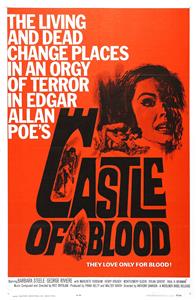
A writer accepts a bet that he cannot spend the night alone in a haunted castle on All Soul's Eve. Once night falls at the castle, several who had been murdered therein return to life, reliving their deaths and seeking to kill the writer for his blood in a vain attempt to stay alive beyond that one night. Barbara Steele, as one of the living dead, tries to aid his escape from the castle.
| Complete credited cast: | |||
| Barbara Steele | - | Elisabeth Blackwood | |
| Georges Rivière | - | Alan Foster | |
| Margrete Robsahm | - | Julia Alert | |
| Arturo Dominici | - | Dr. Carmus (as Henry Kruger) | |
| Silvano Tranquilli | - | Edgar Allan Poe (as Montgomery Glenn) | |
| Sylvia Sorrente | - | Elsi Perkings (as Sylvia Sorrent) | |
| Umberto Raho | - | Lord Thomas Blackwood (as Raul H. Newman) | |
| Giovanni Cianfriglia | - | Herbert (as Phil Karson) | |
| Benito Stefanelli | - | William (as Ben Steffen) | |
| Johnny Walters | |||
| Merry Powers | |||
| Rest of cast listed alphabetically: | |||
| John Peters | |||
| Salvo Randone | - | Lester - the coachman |
Sergio Corbucci began filming but Antonio Margheriti took over after one week and signed the movie.
Barbara Steele's name does not appear in the opening credits for "Castle of Blood."
Also known as Castle of Terror.
In the "Castle of Terror" version, Barbara Steele is in the opening credits alongside Georges Rivière.

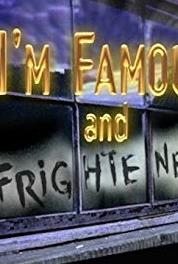
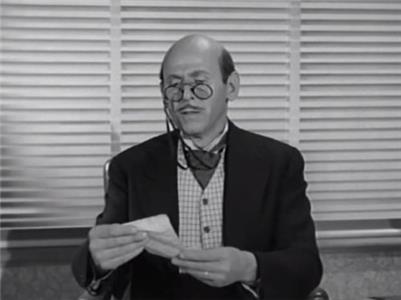

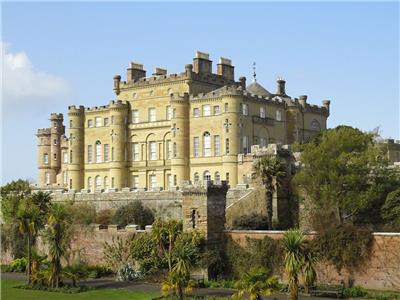

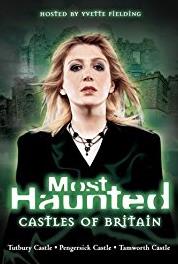
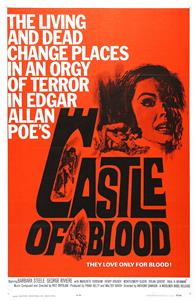
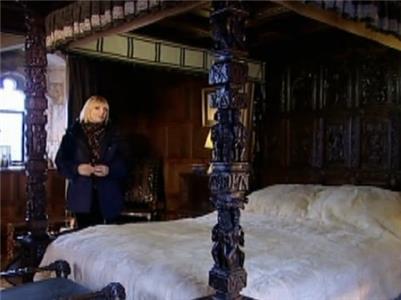

User reviews